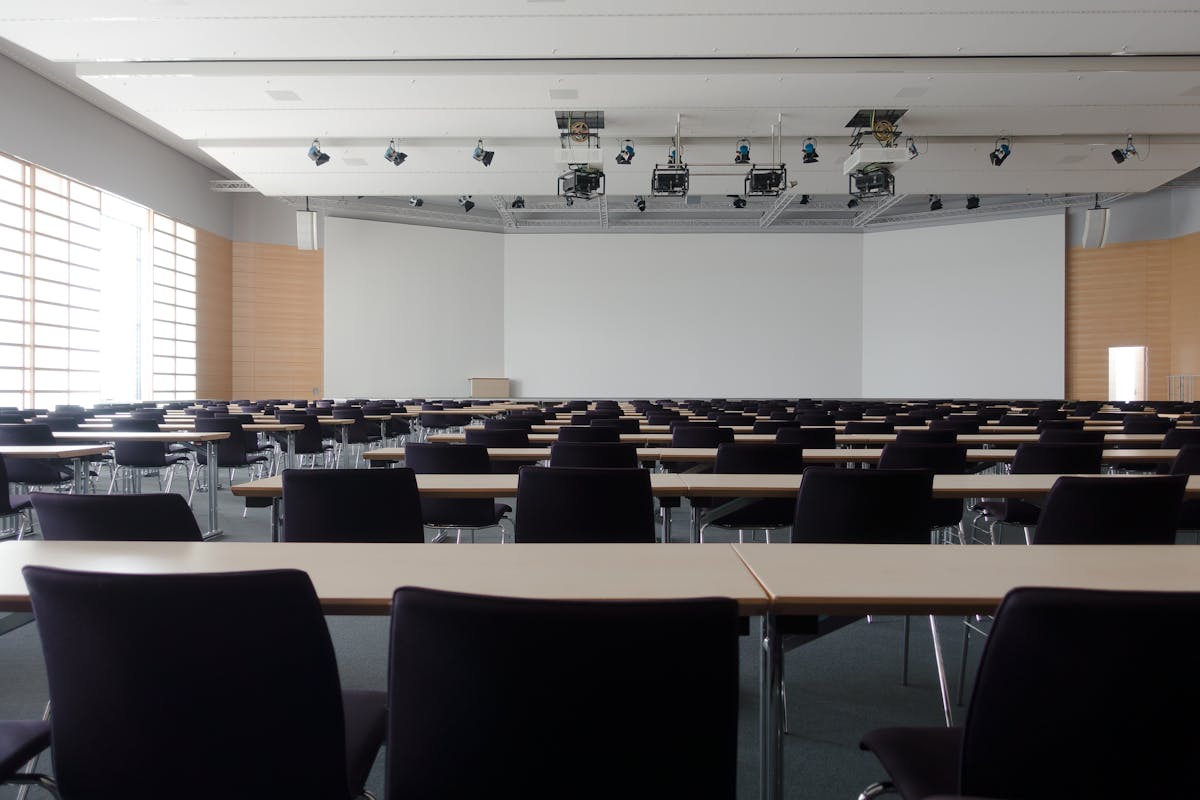Optimizing School Operations: Strategies for Seamless Functionality and Improved Efficiency


- everage technology to streamline administrative tasks and integrate it into the classroom to enhance student engagement.
- Establish and refine transparent processes, procedures, and regular training for staff to improve workflow and accountability.
- Prioritize professional development and continuous learning to foster innovative teaching strategies and improve the educational experience.
- Monitor performance metrics and gather feedback to make data-driven decisions for resource allocation and operational improvements.
- Cultivate a culture of continuous improvement, valuing feedback from all school community members to drive effective change.
School administrators constantly strive to improve school operations’ functionality and efficiency. From managing staff schedules to coordinating resources, many moving parts need to work together seamlessly to provide students the best possible learning environment. This blog post will discuss key strategies for optimizing school operations and improving efficiency.
Utilize Technology
One of the most effective ways to optimize school operations is by leveraging technology. Implementing a school management system can streamline administrative tasks such as student enrollment, attendance tracking, and communication with parents. Additionally, digital tools like online grade books and communication platforms can help teachers stay organized and connected with students and parents.
Integrate Technology in School Design

Beyond using technology for administrative tasks, school administrators can also integrate technology into the school’s physical design. Smart classrooms equipped with interactive whiteboards, laptops, and tablets can enhance learning and engage students in new ways. To facilitate this, You should consult a company offering reliable services to design a functional school. The company will help you develop a comprehensive technology plan that aligns with your school’s goals and budget.
Establish Clear Processes and Procedures
Clearly defined processes and procedures are essential for ensuring the smooth operation of a school. You can reduce confusion and minimize errors by documenting workflows and outlining responsibilities. Regularly review these processes with staff members to identify areas for improvement and make necessary adjustments.
Regular Training Sessions
Incorporating regular training sessions for staff on existing and new processes is another critical aspect of ensuring clarity and efficiency. These sessions can provide a space for addressing questions, sharing insights on best practices, and discussing potential obstacles.
Development and Refinement
Furthermore, involving staff in developing and refining these procedures can foster a culture of teamwork and accountability. Utilizing technology, such as digital platforms for process management, can also aid in maintaining an updated repository of all procedures accessible to all staff members. This accessibility ensures that everyone is aligned with the current operational standards and protocols, thereby streamlining daily tasks and enhancing the overall education experience for students.
Prioritize Professional Development
Investing in professional development opportunities for staff members is crucial for optimizing school operations. Training sessions on new technologies or teaching methodologies can help educators enhance their skills and stay up-to-date with industry trends. Encourage collaboration among staff members to share best practices and learn from each other’s experiences.
Strengths and Interests
Prioritizing professional development also involves recognizing and nurturing the strengths and interests of each staff member. By providing access to a variety of professional growth opportunities, such as workshops, webinars, and conferences, educators can explore new areas of interest and develop specialized skills. This contributes to their personal and professional satisfaction and enriches the learning environment for students.
Continuous Learning and Improvement
Fostering a culture of continuous learning and improvement can inspire innovative teaching strategies and facilitate the implementation of best practices across the institution. Regularly setting goals and evaluating progress in professional development ensures that educators and administrative staff remain focused on enhancing their capabilities and, ultimately, the student learning experience.
Monitor Performance Metrics
Tracking key performance indicators (KPIs) can provide valuable insights into the effectiveness of your school operations. Measure metrics such as student attendance rates, graduation rates, and teacher retention rates to identify areas that may need improvement. Use this data to make informed decisions about resource allocation and strategic planning.
Analyze Feedback and Surveys
In addition to monitoring traditional KPIs, gathering and analyzing feedback from students, parents, and staff can provide a more nuanced understanding of your school’s operations. Implement regular surveys to collect insights on the educational environment, teaching methods, and overall satisfaction levels. This feedback can highlight areas of success and pinpoint where adjustments may be needed to enhance the school’s performance and community well-being.
Utilize Data for Decision Making
Equipped with performance metrics and comprehensive feedback, administrators can make data-driven decisions to improve school operations. This may involve reallocating resources to areas that require additional support, implementing new educational programs based on proven success rates, or adjusting policies that affect student and staff satisfaction levels. By turning data into actionable insights, schools can continuously evolve and adapt to meet the needs of their communities.
Set and Adjust Performance Targets
Based on the data collected, setting clear, achievable performance targets for the school can serve as a motivational and guiding tool for all stakeholders. These targets should be specific, measurable, attainable, relevant, and time-bound (SMART). Regularly reviewing these targets and adjusting them as needed ensures that the school remains aligned with its long-term goals and responsive to immediate challenges.
Foster a Culture of Continuous Improvement
Creating a culture of continuous improvement is essential for long-term success in optimizing school operations. Encourage feedback from students, parents, and staff members on ways to enhance the learning experience at your school. Embrace innovation and be open to new approaches that could improve efficiency and effectiveness.
Valued and Empowered
To foster a culture of continuous improvement within a school setting, it is vital to cultivate an atmosphere where every community member feels valued and empowered to contribute ideas. This means creating open communication channels where feedback is encouraged, actively sought out, and respected. Administrators should regularly conduct forums, meetings, and informal sessions where teachers, students, and parents can express their thoughts and suggestions for improvement openly.
Optimizing school operations requires a strategic approach that focuses on leveraging technology, establishing transparent processes, investing in professional development, monitoring performance metrics, and fostering a culture of continuous improvement. By implementing these strategies, school administrators can create an environment where all stakeholders can thrive and succeed. Remember that small changes can make a significant impact when it comes to improving functionality and efficiency in education settings.






